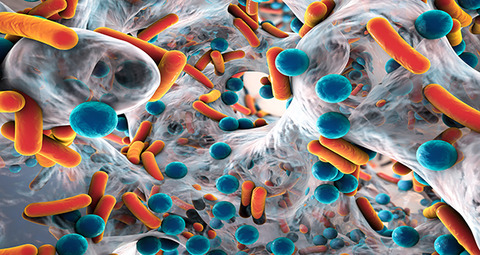Antibiotic resistance solution proposed
11 May 2016 by Evoluted New Media

A group of US scientists are confident the key to tackling antibiotic resistant bacteria is already in front of our faces – non-antibiotic therapeutic drugs.
A group of US scientists are confident the key to tackling antibiotic resistant bacteria is already in front of our faces – non-antibiotic therapeutic drugs.
At least 50,000 people die every year in Europe and the US due to antibiotic resistance. In other areas of the world this figure is estimated to be in the hundreds of thousands.
Professor Ashok Chopra, from the University of Texas, said: “There are no new antibiotics which are being developed and nobody really has given much emphasis to this because everyone feels we have enough antibiotics in the market.
“But now the problem is bugs are becoming resistant to multiple antibiotics. That's why we started thinking about looking at other molecules that could have some effect in killing antibiotic resistant bacteria."
Professor Chopra and his team screened 780 FDA approved therapeutics and found 94 drugs that were effective when placed in a cell culture with Yersinia pestis, the bacteria responsible for the plague.
Further screening led to an antipsychotic (trifluoperazine), a breathing stimulant (doxapram) and an antidepressant (amoxapine) being used in mouse models. They were found to be effective in treating the bacteria. Trifluoperazine was also found to be effective against Salmonella enterica and Clostridium difficile.
The drugs could be affecting the virulence of the bacteria, said the team, although this was not the case in Yersinia, as it was still able to cause maximum damage. Another theory is the drugs are affecting host proteins or genes, affecting the bacteria’s ability to reproduce.
The research was published in the Journal of Antimicrobial Agents and Chemotherapy.

